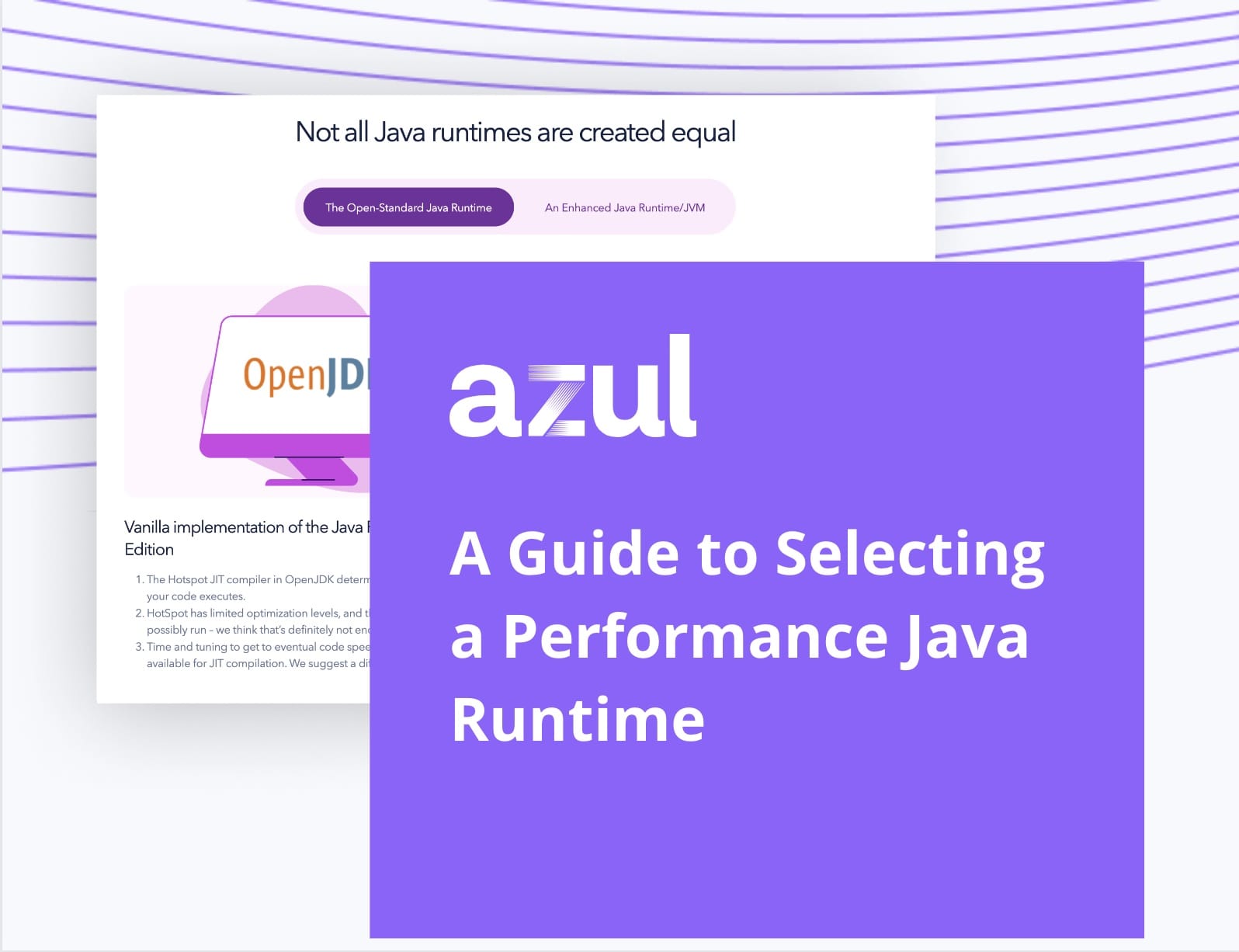What is Hybrid Cloud?
A hybrid cloud is a combination of an organization’s on-premises infrastructure, private clouds or data centers, and public clouds. Enterprises use the mixed computing environment for storage and to run their operations and processes flexibly and cost-effectively.
Here’s an example. An organization may temporarily need additional cloud space. Its existing private cloud and physical infrastructure may not be enough to handle the occasional demand. Procuring and maintaining new servers and on-premises infrastructure for short-term requirements can be expensive and challenging. However, the enterprise can easily opt for a public cloud or third-party cloud service. Such a cloud computing model is referred to as the hybrid cloud.
A hybrid cloud allows seamless transactions and operations between on-premises infrastructure, public clouds, and private clouds.
What is the purpose of a hybrid cloud?
The hybrid cloud model is useful for organizations that manage variable workloads. It allows quick provisioning of additional resources to handle dynamic workloads and seasonal surges in data and transactions. There are plenty of other use cases, too.
Why and when can organizations take advantage of hybrid cloud computing? Here are some opportunities for using a hybrid cloud architecture:
- Digital transformation initiatives: Many organizations looking to embark on a digital transformation journey are unsure whether their existing legacy applications will run on a public cloud. They might opt for a hybrid cloud model, in which legacy applications can continue to run on-premises while other applications migrate to the cloud.
- Cloud experiments: Organizations that are new to the hybrid cloud world can test and explore it before large-scale deployment. They can migrate small clusters of applications to the public cloud and evaluate the benefits.
- Business continuity: When disaster strikes, a hybrid cloud helps ensure business continuity. On-premises applications and workloads can be securely backed up on the cloud so businesses can run as usual, even when their data centers fail.
- Application development and testing: The hybrid cloud model can help save on costs related to application development and testing teams. Rather than investing in physical hardware, they can leverage public cloud services that can be purchased quickly and at a fraction of the cost.
What does hybrid cloud architecture look like?
89% of IT decision-makers who participated in a Forrester study agreed that open-source software and applications support a more open and flexible hybrid cloud strategy.
A hybrid cloud architecture comprises the following:
- Open-source solutions
- Existing enterprise applications running on-premises
- At least one firewall-secured private cloud or data center residing within the organization’s infrastructure
- One or more public clouds where third-party service providers offer cloud computing services online to different organizations that need their service
In the hybrid cloud architecture, all these components are unified and interconnected with the help of integration and cloud management tools to enable smooth operations. Crucial and sensitive data usually stays on the organization’s private cloud or on-premises servers. Less sensitive systems and applications are migrated to the public cloud.
How do enterprises adopt a hybrid cloud?
Every organization has different IT landscapes, infrastructures, processes, and workloads. Therefore, the hybrid cloud strategy will also need to be unique based on business and operational needs. The following approach can help.
- Analyze the business’ needs: Assess the organization’s current IT landscape and processes. Identify areas that need optimization and determine how hybrid cloud computing can help achieve it.
- Evaluate workloads: The enterprise hybrid cloud must be able to simplify operations. Categorize workloads to be run in different environments and clouds. Also, strategize and decide the most appropriate and compatible location for specific workloads. This way, they’ll run efficiently and contribute toward business success.
- Choose the right hybrid cloud architecture: Evaluate what hybrid orchestration model will work best for the organization. Will the in-house IT team manage it end-to-end, or will it depend on clients, third-party vendors, or cloud service providers?
- Analyze what hybrid cloud architecture pattern will work best:
- Distributed application deployments allow applications to run in the computing environment they are most compatible with.
- Redundant application deployments allow the same applications to run in multiple computing environments to improve capacity or resilience.
- Identify the most appropriate technology and network topology:
- The connectivity between several components in the architecture are essential for a hybrid cloud’s smooth functioning:
- On-premises infrastructure
- Private clouds
- Public clouds
- Open-source applications
Identify the right network topology, tools, and technologies that will enable glitch-free, reliable, and secure operations.
What are the benefits of a hybrid cloud?
Organizations opt for the enterprise hybrid cloud model because it supports their business objectives and allows them to scale up without huge IT investments. Switching to the hybrid cloud offers enterprises a host of advantages.
- Anytime, anywhere access to data: Many organizations carry out their day-to-day operations with a distributed and remote workforce. In the hybrid cloud model, data isn’t restricted to a single location. Employees can access enterprise information and work applications from their homes or while on the move.
- Reduced costs: Organizations pay only for the cloud services they use. They can migrate specific systems and applications to third-party, public clouds only when there’s a business requirement for scaling up operations. The pay-per-use model allows users to enjoy all the benefits of the cloud while saving huge capital expenditures.
- Seamless, instant migration: As a hybrid cloud offers public and private clouds as one unit, data and workloads move smoothly between platforms. Organizations can migrate workloads instantly and without the need to refactor.
- Simple and flexible: In the hybrid cloud model, organizations can choose the environment in which to host specific applications. The hybrid cloud model offers flexibility to migrate the applications to a different location to support changing business needs. This lets companies alter third-party cloud utilization as required. They can also shift data and workloads between multiple clouds from different vendors.
What are the challenges associated with a hybrid cloud?
According to a McKinsey analysis, cloud adoption could generate $3 trillion in earnings by 2030. Hybrid cloud services simplify operations and application management, but only when deployed correctly. It’s important to consider hybrid cloud computing challenges and address them before making the switch.
Support for legacy applications
Some legacy applications that were built to stay on-premises could be incompatible with the cloud. Such applications and any other platform-specific applications and workloads will need to be rewritten before adopting a hybrid cloud approach.
Hybrid multi-cloud deployment
A hybrid multi-cloud strategy entails the services of more than one public cloud provider, in addition to the organization’s on-premises infrastructure and private cloud. But different public clouds can have different management and programming interfaces.
Before finalizing a third-party cloud provider, it is advisable to carefully assess the functionality, pricing, and skill requirements to manage the cloud. Organizations can also ensure consistent multi-cloud operations with a few additional cloud management tools and processes.
Security and compliance
Organizations may prefer maintaining business-critical applications and sensitive data on their private cloud. They may also apply security controls to individual applications so they remain secure irrespective of the cloud — private or public — they’re hosted on. However, organizations may need to comply with varying service-level agreements (SLAs), security measures, and regulations set by different cloud providers.
How does Azul help with hybrid cloud adoption?
Azul Platform Prime optimizes code so organizations require fewer computing resources, reducing cloud bills by up to 50%. The solution ensures applications running on hybrid cloud deliver performance and a consistent experience.
Azul Platform Prime
A truly superior Java platform that can cut your infrastructure costs in half.



